Hypersonic Plasmas Laboratory
ESTHER - European Shock-Tube for High Enthalpy Research

The ESTHER (European Shock-Tube for High Enthalpy Research) shock-tube is a research facility currently being deployed in the premises of IPFN, in the IST Campus of Sacavém. This research infrastructure is being developed in the scope of three contracts awarded by the European Space Agency (ESA) to an international consortium led by IST-IPFN. The overall budget for the facility (including the hosting building funded by IST) amounts to over 2.5M€. The primary mission of ESTHER is to support future planetary exploration missions through the reproduction of atmospheric entry plasmas at the ground level. Indeed, as a spacecraft enters the upper layers of a planetary atmosphere at velocities of several km/s, a strong shock wave is created upstream of the spacecraft, heating and ionizing the surrounding gas and ultimately creating a so-called atmospheric entry plasma. This low-pressure, high-temperature non-equilibrium plasma strongly heats the spacecraft thermal protections through convective and radiative heating. It is therefore important to properly characterize and model the physical-chemical properties of such plasma, with a strong emphasis on the adequate quantitative reproduction of non-equilibrium processes (departure of the internal states from a Boltzmann equilibrium distribution).
Design and infrastructure
The ESTHER shock-tube has been designed as a facility capable of reaching shock speeds in excess of 10km/s. Such increased performance has been achieved through the addition of an intermediary pressure stage between the driver (high-pressure) and the test (low-pressure) sections. The high pressure in the driver section is achieved through the ignition (in deflagration mode) of a 7:2:1 stoichiometric He/H2/O2 mixture. This has the advantage of providing a quick and cost-effective solution for carrying out a big enough number of shots per day (up to 3-4), but requires special safety measures due to the possibility of formation of an Explosive Atmosphere (ATEX). As such, the facility is placed in a specially-designed experimental hall with safety measures (such as blast door and blast panels) and is fully remotely controlled from an adjacent control room.
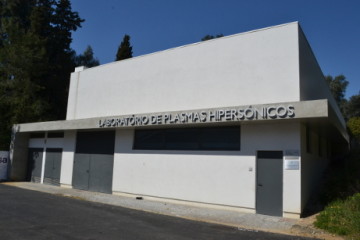
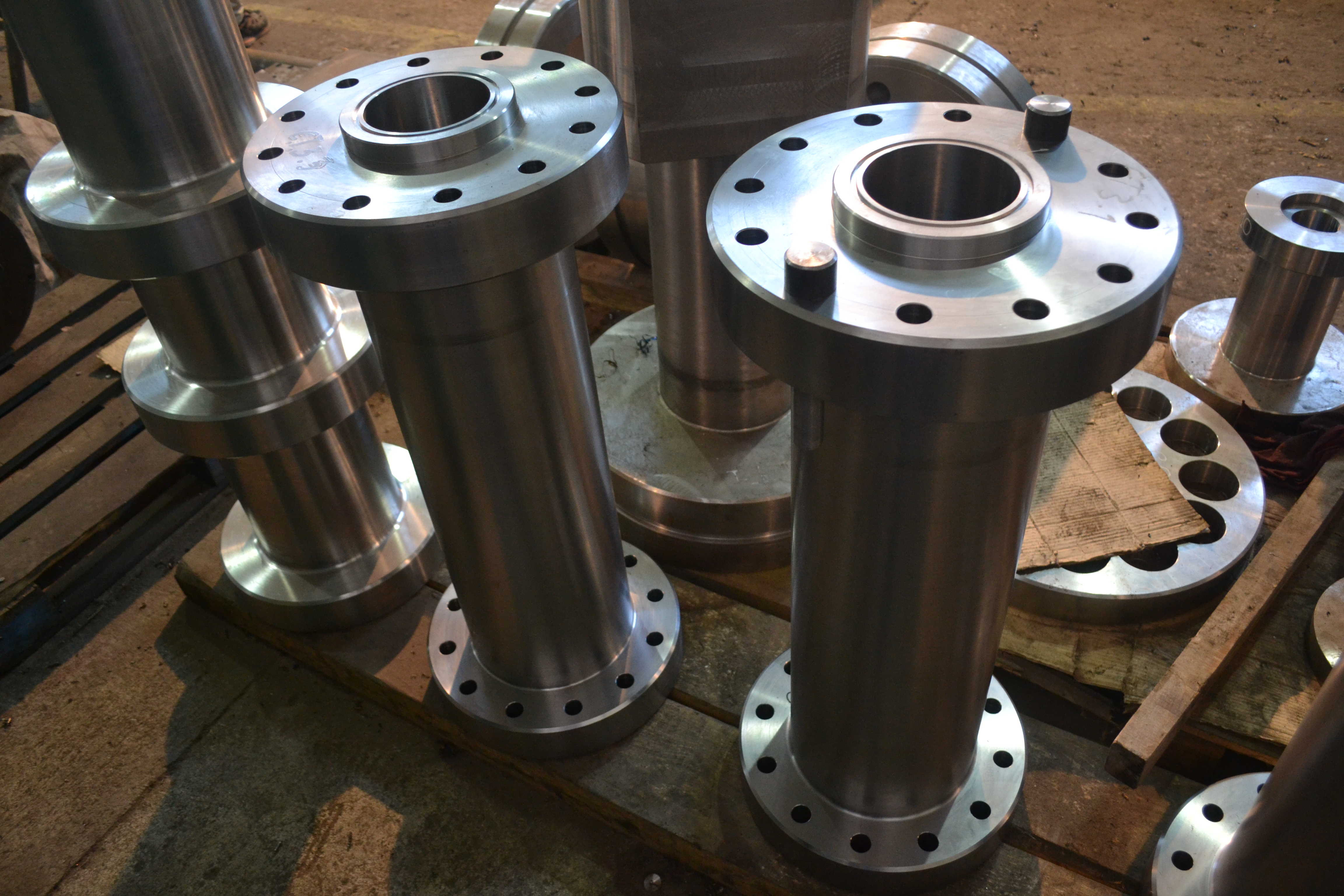
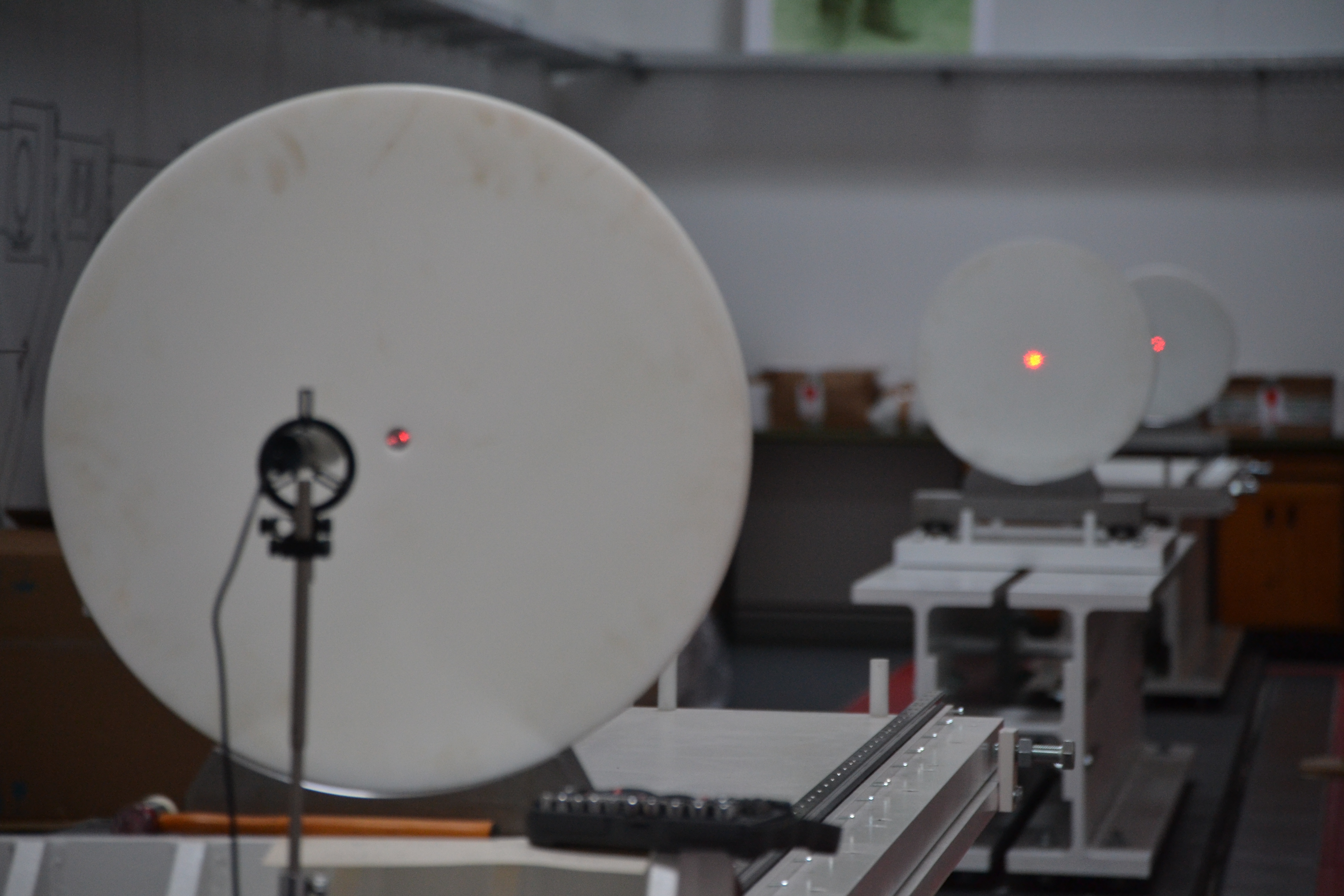
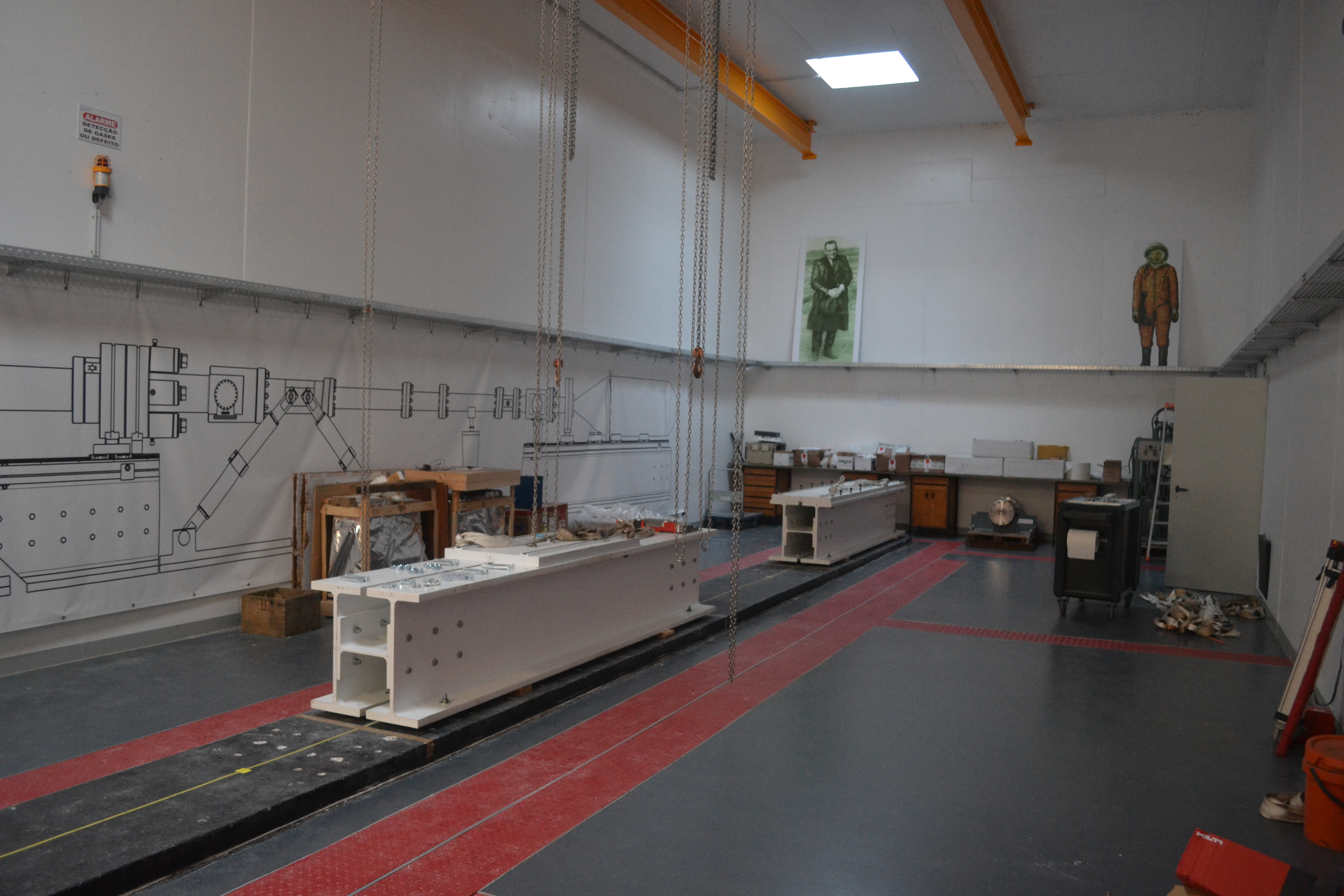
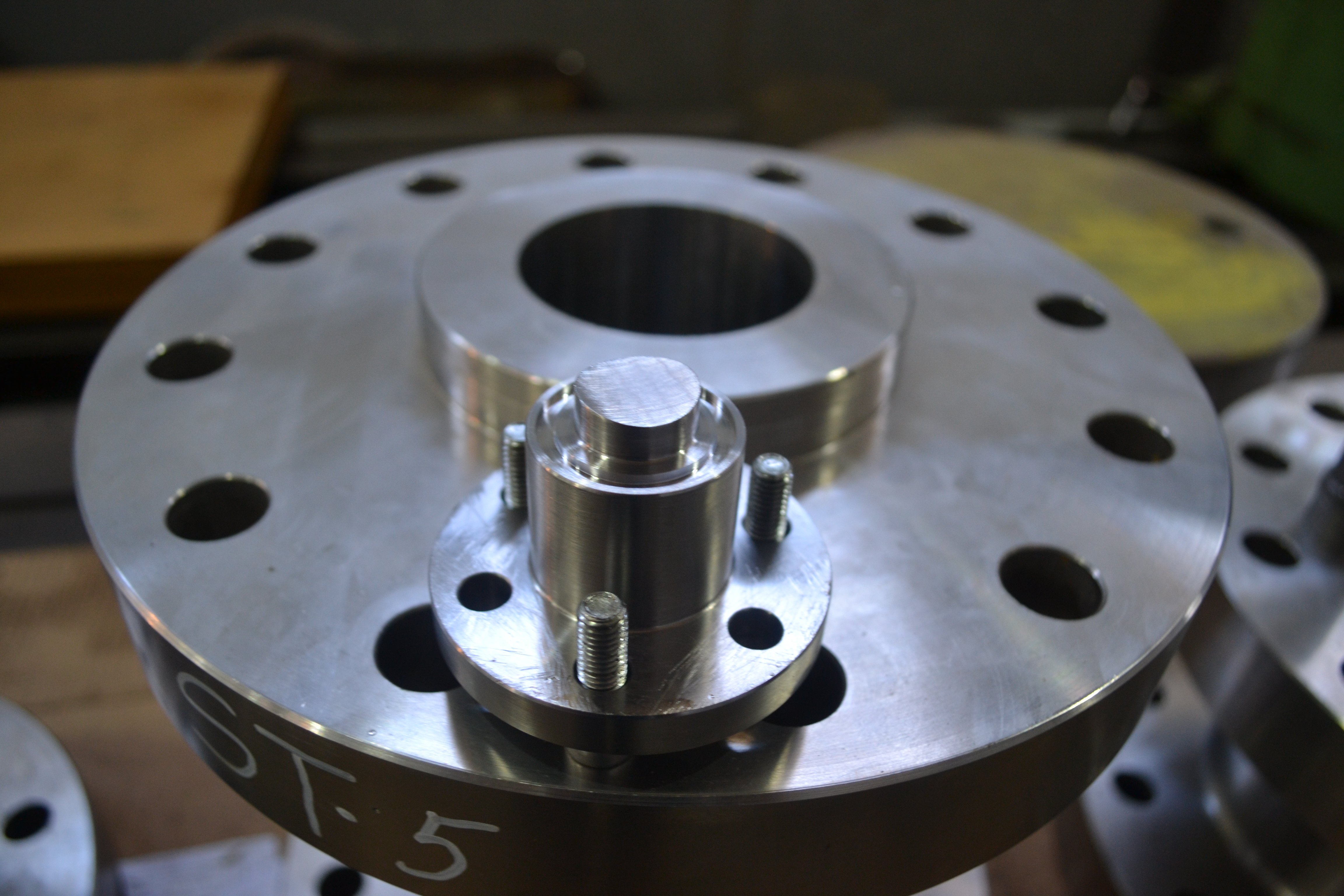
Diagnostics
The optical setup of the ESTHER facility is currently composed of a near-UV/Visible-range (250nm-800nm) streak camera coupled to a spectrometer. A VUV-capable setup, composed of a VUV rated streak camera (capable of recording signals down to 120nm) and a VUV spectrometer, is currently under development in the scope of a project funded by ESA. A third contract further covers the development of an IR-capable spectrometer and fast-camera, so as to extend the facility capabilities up to the mid-IR (5µm). In parallel, an Interferometry setup, developed in-house at IPFN, is also scheduled for tests in the ESTHER facility, once it becomes operational. This will measure the time-dependent electron concentrations behind the shock-wave, allowing validating the ionization processes implemented in kinetic models. This is an important endeavor, as there is currently very little knowledge on the main ionization processes for plasmas produced by heavy-species-impact reactions, such as shocked plasmas.

